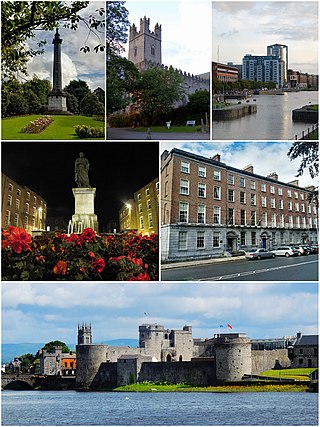
Limerick is a city in western Ireland, in County Limerick. It is in the province of Munster and is in the Mid-West which comprises part of the Southern Region. With a population of 102,287 at the 2022 census, Limerick is the third-most populous urban area in the Republic of Ireland, and the fourth-most populous city on the island of Ireland. It was founded by Scandinavian settlers in 812, during the Viking Age.
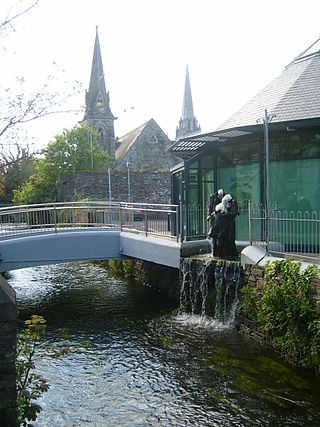
Clonakilty, sometimes shortened to Clon, is a town in County Cork, Ireland. The town is at the head of the tidal Clonakilty Bay. The rural hinterland is used mainly for dairy farming. The town's population was 4,946 at the 2022 census. The town is a tourism hub in West Cork, and was recognised as the "Best Town in Europe" in 2017, and "Best Place of the Year" in 2017 by the Royal Institute of the Architects of Ireland. Clonakilty is in the Dáil constituency of Cork South-West, which has three seats.

The Gaiety Theatre is a theatre on South King Street in Dublin, Ireland, off Grafton Street and close to St. Stephen's Green. It specialises in operatic and musical productions, with occasional dramatic shows.
Michael Scott was an Irish architect whose buildings included the Busáras building in Dublin, Cork Opera House, the Abbey Theatre and both Tullamore and Portlaoise Hospitals.
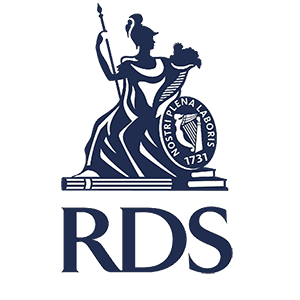
The Royal Dublin Society (RDS) is an Irish philanthropic organisation and members club which was founded as the 'Dublin Society' on 25 June 1731 with the aim to see Ireland thrive culturally and economically. The RDS is synonymous with its 160,000 m2 campus in Ballsbridge, Dublin, Ireland. The premises include the 'RDS Arena', 'RDS Simmonscourt', 'RDS Main Hall' and other venues which are used regularly for exhibitions, concerts and sporting events like the Dublin Horse Show or Leinster Rugby games. The Royal Dublin Society was granted royal patronage in 1820 by George IV. The RDS Members' Club is a members-only club offering exclusive access to sports events on its premises and weekly luncheons and dinners.
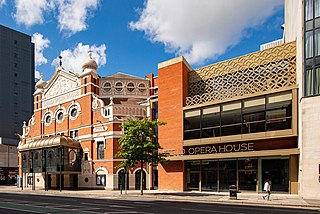
The Grand Opera House is a theatre in Belfast, Northern Ireland, designed by the most prolific theatre architect of the period, Frank Matcham. It opened on 23 December 1895. According to the Theatres Trust, the "magnificent auditorium is probably the best surviving example in the United Kingdom of the oriental style applied to theatre architecture". The auditorium was restored to its former glory, and the foyer spaces and bars were reimagined and developed as part of a £12.2 million project in 2020/2021, generously supported by the National Lottery Heritage Fund. [1]

Molesworth Street is a street in Dublin, Ireland named after Richard Molesworth, 3rd Viscount Molesworth and links the more notable Dawson Street with Kildare Street and lies just over 200 m to the north of St. Stephens Green in Dublin's central business district.

Cork is the second largest city in the Republic of Ireland, third largest on the island of Ireland, the county town of County Cork and largest city in the province of Munster. At the 2022 census, it had a population of 224,004.
Scott Tallon Walker is an architecture practice with its head office in Dublin, Ireland and further offices in London, Galway and Cork. It is one of the largest architecture practices in Ireland. Established in 1931 as Scott and Good, becoming Michael Scott Architect in 1938, and Michael Scott and Partners in 1957 before changing to the current Scott Tallon Walker in 1975. Scott Tallon Walker and its earlier incarnations developed a reputation for modernism.

The Limerick Athenaeum was a centre of learning, established in Limerick city, Ireland, in 1852.

The Bord Gáis Energy Theatre is a performing arts venue, located in the Docklands of Dublin, Ireland. It is Ireland's largest fixed-seat theatre. It was designed by Daniel Libeskind for the DDDA, built by Joe O'Reilly, and opened by Harry Crosbie on 18 March 2010. It is owned by Bernie and John Gallagher, who bought the theatre in 2014 from NAMA, through their company, Crownway.
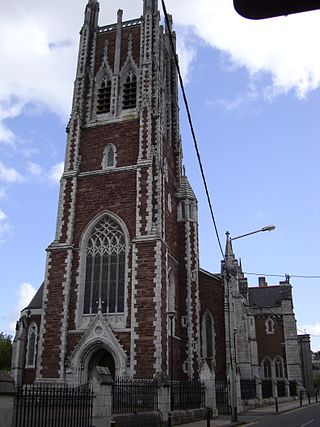
Sir John Benson ICE was an Irish architect, born in Collooney, County Sligo. Although most of his work was in Cork, he was knighted for his design for the Dublin Great Industrial Exhibition.
Davis Ducart, was an architect and engineer in Ireland in the 1760s and 1770s. He designed several large buildings and engineering projects. He had associations with the canal builders of the time and the mining industry and worked on many projects in the County Tyrone coalfield.

Holy Trinity Church, also known as Father Mathew Memorial Church, is a Roman Catholic Gothic Revival church and friary on Fr. Mathew Quay, on the bank of the River Lee in Cork. It belongs to the Order of Friars Minor Capuchin and is the only church dedicated to Father Theobald Mathew.

Aldborough House is a large Georgian house in Dublin, Ireland. Built as a private residence by 1795, the original structure included a chapel and a theatre wing.
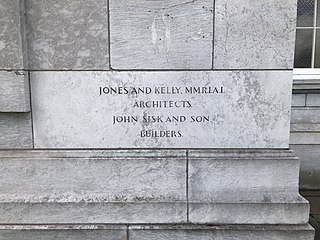
The City Hall, Cork is a civic building in Cork, Ireland which houses the administrative headquarters of Cork City Council.
Frank Murphy (1916–1993) was an Irish architect. Born in Cork, he was active mainly in the 1950s and 1960s, and his works include a number of modernist structures. In a 2018 editorial in the Irish Examiner, Murphy was described as "arguably Cork's most eminent and exciting modern architect", and as "Cork's unsung hero of Modernism".

The Firkin Crane is a non-profit arts organisation based in the protected building of the same name in the Shandon area of Cork City in Ireland. It is a theatre and dance centre and is a permanent base for Cork City Ballet and Crux Dance Theatre.
















